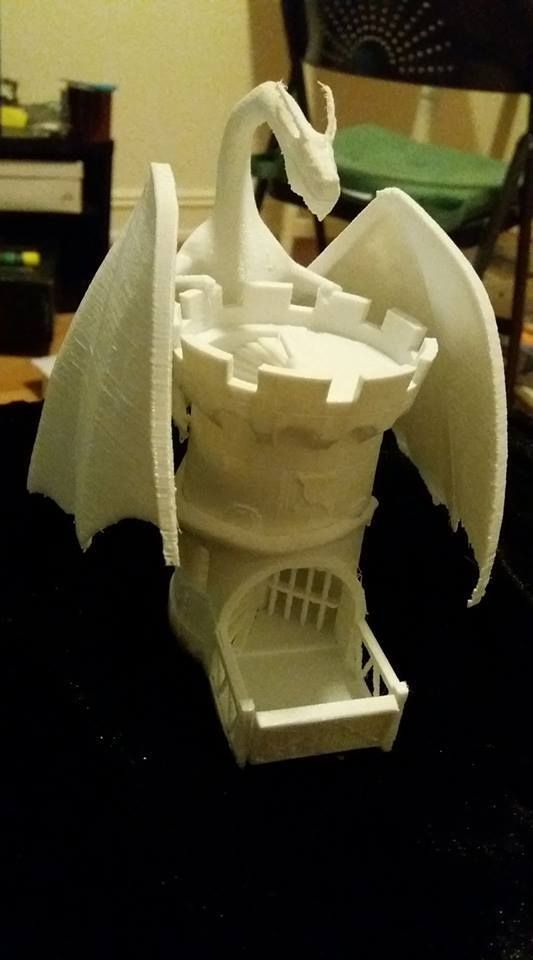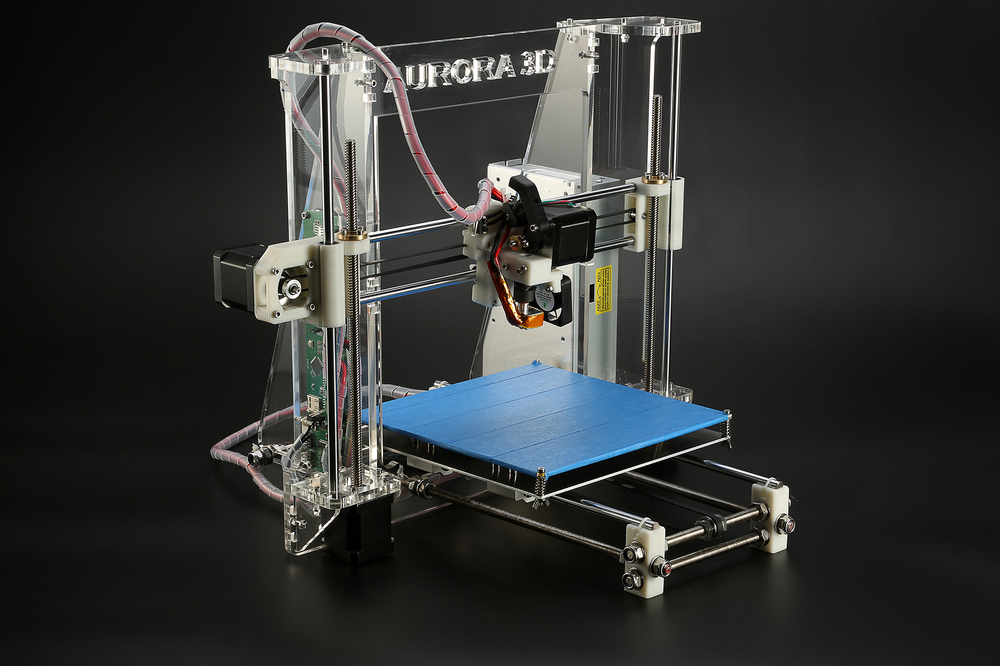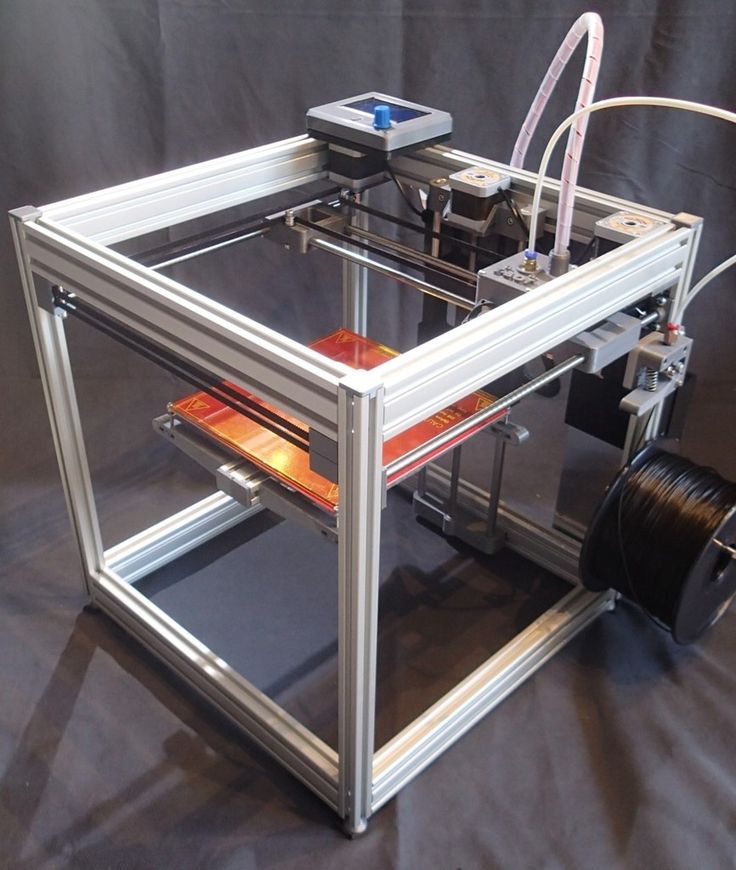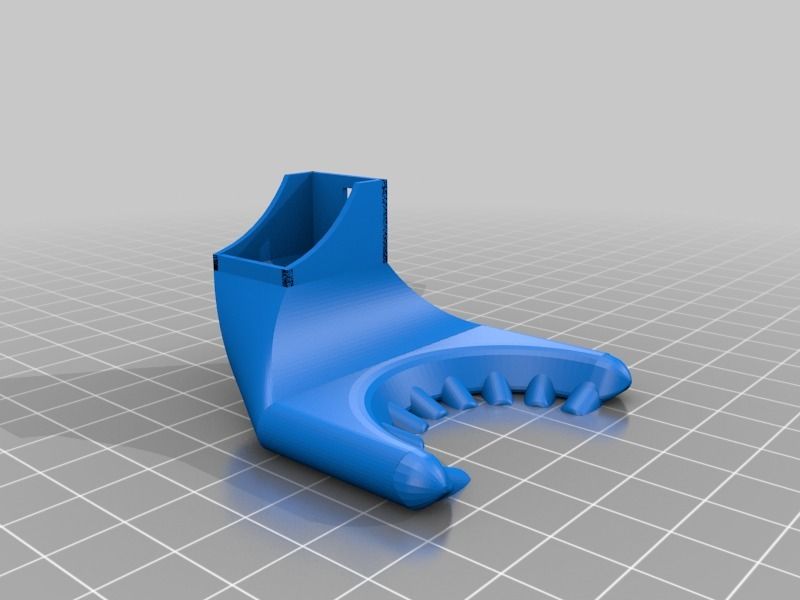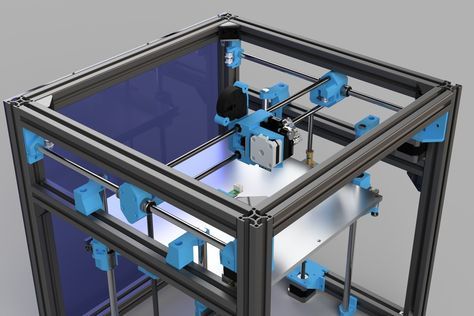3D printing dice
15 Cool 3D Printed Dice You Can Print At Home
Game-players of all kinds tend to have their prized, custom pieces that reflect their pride. Chess players have custom boards, and trading card players have their rare favorites. For players of many games of chance, their pride is usually their dice.
3D printed dice are especially popular for those who play games like Dungeons and Dragons, as the game revolves around building unique settings and scenarios with customized characters.
While custom dice are the pride of many a serious D&D player, 3D printed dice can also be used to replace lost pieces in old board games, or act as prizes for competitions.
Dice may seem like a simple enough concept, but the different varieties and cool ideas make 3D printed dice a lot more of a creative pursuit that most would assume.
Here we’re going to look at some of our favorites, as well as 3D printed dice towers that put the ‘fair’ back in ‘fair play.’
First, we have 3D printed dice you can download for free and print today, and we’ve also included 3D printed dice towers, and dice holders.
3D Printed Dice
LED Die
This 3D printed die may seem on first look like a simple hollow cube with an LED in it, but it’s actually a little cooler than that.
This design includes a ball that acts like a gyroscope, keeping the internal 5mm LED pointed skyward, this means that the only number that lights up is the number the die rolls!
It’s an easy but attractive concept, and by making a whole set of these, you’ll have a collection of 3D printed dice that stand out regardless of your game of choice.
While some wiring is involved, the instructions included in the files here lay out the steps clearly for those who are new to the electronics side of 3D printing.
Outset D&D Dice
Since its inception in 1974, Dungeons and Dragons has been a consistently popular role playing game for casual and hardcore players alike.
The key draw to the game is its endless customizability, in both player characters and their various adventures, and unique and custom dice are a must for anyone who plays D&D both regularly and seriously.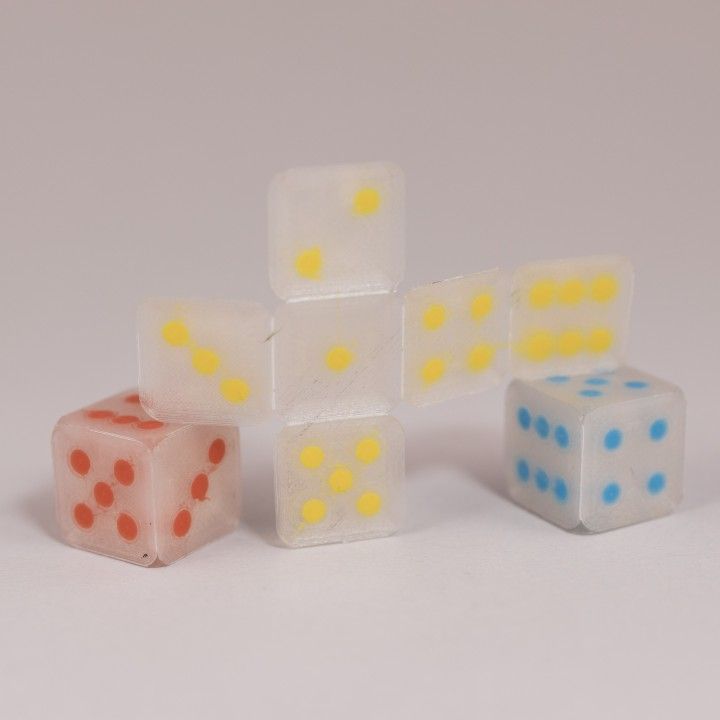
Because of this, 3D printed D&D dice are not only popular, but creative designs have been uploaded on many sites. Our favorite are these 3D printed dice with outset numbers that reflect the arcane nature of the game itself!
As well as being printed in a variety of colors, the files found here come with all the necessary shapes one needs when questing, from D4 to D20.
Fitness Dice
Many people feel like they could do better when it comes to exercise, but between the bustle of our everyday lives and the amount of effort and time it takes to get and stay in shape, it’s often a lot easier said than done.
The hundreds of contradictory videos and articles don’t help, as each one tells you the supposed best way to exercise without ever really telling you why.
For exercisers who just want to raise their heart rate and try something new, these 3D printed dice, called ‘fitness dice’, work like a game to make exercising more fun by removing the dreaded routine of strict moves and reps.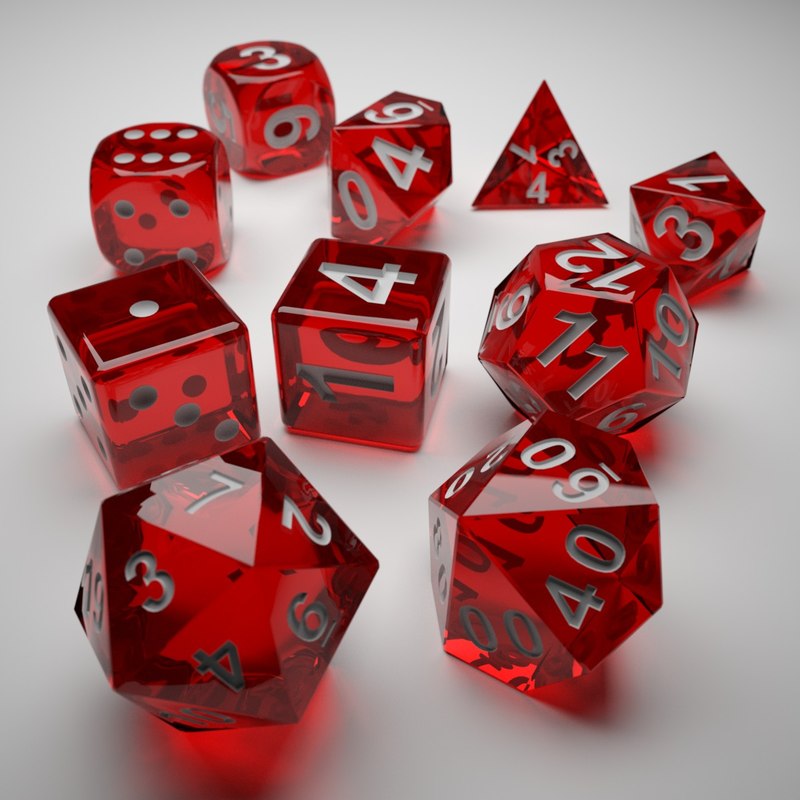
These 3D printed dice are customizable to include any exercises you want, but the standard in the files found here include workout sides like ‘dance’ or ‘sit ups’, as well as a time die and a rep die, to include different exercises of various intensity levels.
While designed to be used in a group or as a family, these 3D printed exercise dice also work as solo exercises, and include a ‘deep breath’ die just to be sure you don’t overwork yourself.
For a different way to exercise, the designer has included D20 versions here, which have a standard numbered die and one with various exercises to roll. The constantly changing exercises are great for keeping your workouts interesting by removing the routines that can tire us out more than just physically.
3D Printed Braille Dice
Most dice are imprinted to make the numbers easily readable by those with reduced eyesight. However, to many blind people, these numbers involve an extra learning curve and can lead to mistakes in reading.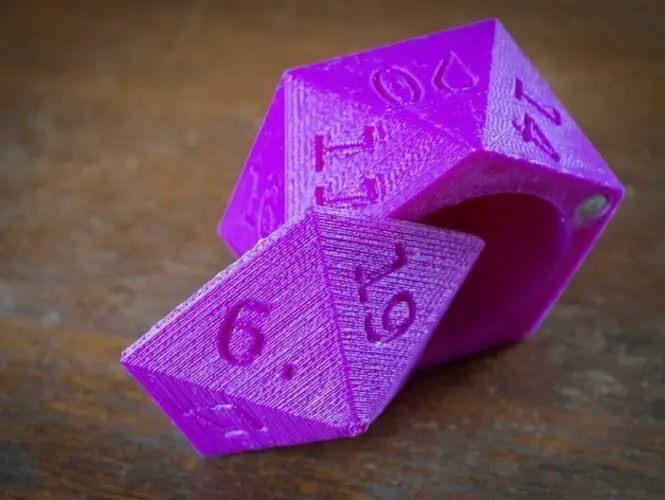
Quite often, people with reduced vision have to rely on others to tell them the total they’ve rolled, so this designer made a set of 3D printed dice that have braille numbering so those who need to use braille to understand.
These 3D printed dice – found here – are larger than standard sets, making them easier to find and read when rolled, and come with the standard 6-sided die as well as D4s to D20s for use in any game.
The added accessibility of these 3D printed dice makes them a welcome addition to anyone’s game sets for themselves or for blind friends who may not be comfortable using standard indented dice.
3D Printed Dice Towers
Not all games are fair, and let’s be honest, not all players are either. Dice towers act like pachinko machines in that they bounce the inserted dice around a series of internal platforms to ensure a fair roll to combat manipulation and cheating.
Naturally, dice towers don’t have to look like boring structures, and so 3D printed dice towers have been uploaded all across the internet to jazz up a playfield.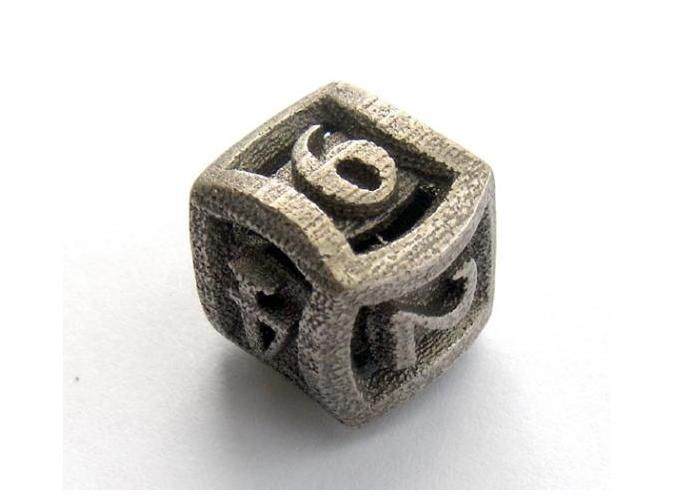 Here are just some of our favorites.
Here are just some of our favorites.
3D Printed Dice Tower
Starting with the simplest 3D printed dice tower, this easy-to-pring, pocket-sized dice tower is very handy for both home use and for taking on the road or camping.
Its narrow design means it doesn’t take up too much space in a suitcase, and it also doubles as a container box to store the dice when not in use.
Dice Dice Baby
Yes, you read that right. This 3D printed dice tower was designed to look just like a castle tower made entirely of different sized dice. While a little on the nose for most, this dice tower is quite clever and looks pretty cool too!
While most of the Dice Dice Baby will need to be glued together for stability, the top and bottom parts of the main tower can be kept detachable for easy storage and transportation.
The Clockwork Monster Dice Tower
Unlike most of the other entries on this list, the clockwork dragon 3D printed dice tower isn’t free to download, but one look at it and most will agree that it’s well worth the $7 price tag.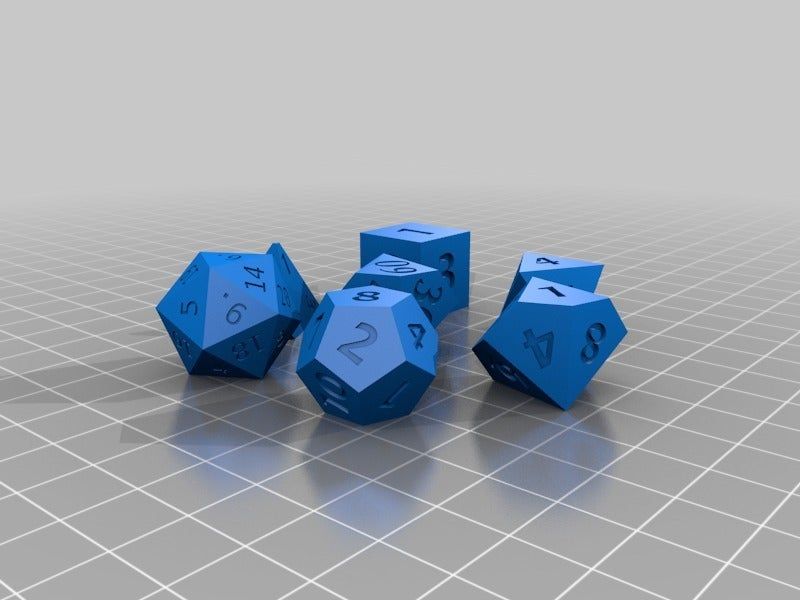
The steampunk dragon design is undeniably cool, and the designer has ensured that the files come as both one large print and as two separate pieces so it can be easily printed on smaller 3D printers.
While it is designed for larger dice like D20s, the print can be reduced in size by 60% to accommodate standard 10mm dice too.
Three-Path Dice Tower
No matter how cool they look, 3D printed dice towers are little more than ornaments if they don’t ensure fair play. This three-story, three-path 3D printed dice tower ensures fairness by upping the randomness of the rolls compared standard towers.
This free project was something of a passion project by the designer, and has seen numerous updates and improvements to ensure it both looks cool with its stone-like finish, and functions well as a dice tower.
The three-path dice tower doesn’t need supports, and is simple enough to be made on almost any 3D printer. The files found here also come with instructions to ensure even newbies will be able to get this print up and rolling in no time!
DM Screen Dice Tower
Any D&D player knows that the dungeon master needs to ensure that their secrets are well kept, lest they spoil the game, and so DM screens are used to ensure the hidden details of any given journey stay hidden.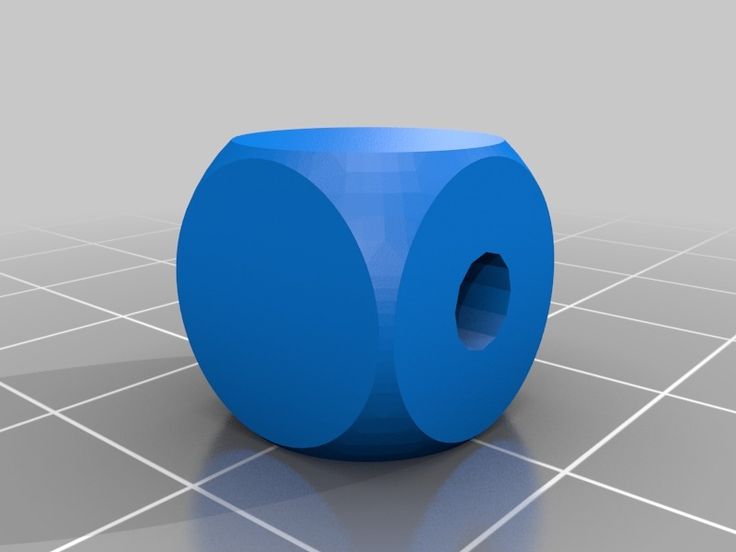
Dungeon masters also need to roll to determine the outcomes of various circumstances, and so this designer created a 3D printed dice tower that also acts as a DM screen. This not only hides the details of the quests from the players, but also ensures that the dungeon master’s rolls are random.
This design should turn the head of any veteran dungeon master, as its dual use as a DM screen and a dice tower makes for one handy (and very customizable) tool for anyone sending their friends towards unknown dangers.
Read more: our full list of 3D printed dice tower files (20+)
3D Printed Dice Holders
Dice are fickle things. Despite their cubed shape they seem to roll around a lot, getting lost under tables and even down sofa cushions somehow!
While most dice collections bought separately will come in their own containers, there are a lot of 3D printed Dice holder designs to make the storage a little more interesting.
Portable Dice Holder here / DND Dice Tray here / Round Dice Holder here / Large D20 Dice Holder here / Hinged Dice Case here
Related articles:
- Dungeons and Dragons 3D prints
- 3D printed anime figurine files
- 3D printed dice towers
- 3D printed fidget toys
3D Print Dice - The Ultimate Guide to Dice 3D Printing
ADVERTISEMENT
Table of Contents
3D printers have made everyone believe that it can do better if pushed a little more.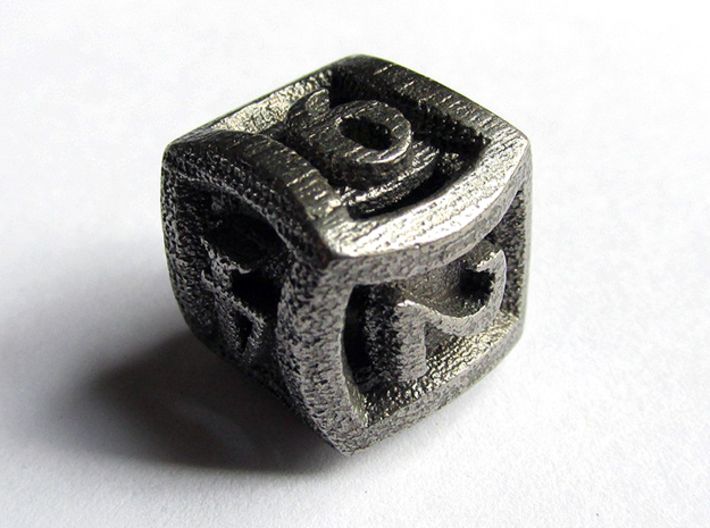 And, it does have made itself readily available for functional parts as well.
And, it does have made itself readily available for functional parts as well.
However, some still think that the functional parts are not only difficult to accomplish, however, takes a lot of time and effort.
But if you plan to 3D print dice, you would come into agreement that the claim isn’t true in every case. It is simple to print, definitely with the right settings. And, it does is very useful.
This is one of the reasons why these 3D files for designing dices are in such high demand. If you google on the internet, you will find many 3D files listed on various online repositories. Some of them are even free to download.
Plus, you can find numerous variants for the design. Few are usual and standard looking dices and others are extraordinary, even printed with metals.
Hence, it is easy to assess the popularity these 3D dices are gaining. Makers with little tricks and by introducing themes such as skull prints are providing a huge list for selection.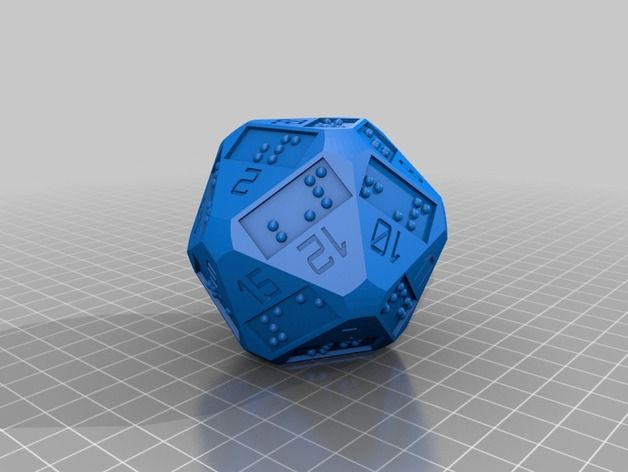
But that does not mean you cannot design a file on your own. If you are good at it, why not. Test it and if you think it is worthy of sharing with others, go ahead.
But before that, we would like to present to you some of the tricks to help you with your project as well as a few recommendations of the repositories you may like to visit for the digital file.
ADVERTISEMENT
How to 3D Print Dice?
As mentioned, a functional part could be challenging. Nevertheless, if you use the right material and keep the optimum settings, printing a dice isn’t a hassle at all. And, because dice is completely functional, 3D printers do bring us the flexibility to go for such parts in the future as well.
So, where do we start? When 3D printing, the first thing that one must choose is the material and the 3D printing technology. In this case, you can make use of many 3D printing technologies.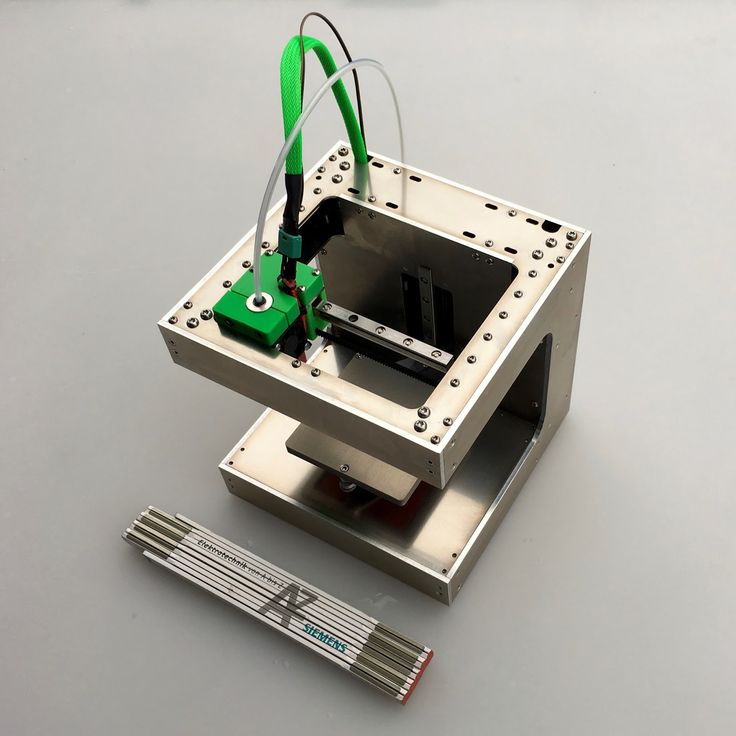 But let’s talk about the FDM 3D printers first. These are inexpensive and readily available for homemakers.
But let’s talk about the FDM 3D printers first. These are inexpensive and readily available for homemakers.
Step 1: Choose the Material
When we say ‘choose the material’, that does not mean just picking any of the available ones and start printing. There are a lot of things involved in choosing the filament.
When working with FDM materials, you must know one character that almost every material showcases. The materials of FDM 3D printers are prone to non-homogeneous shrinking.
This means that the size of the actual part would differ from the one set in your slicer. This happens due to uneven cooling as well.
So, you can ensure temperature consistency. But still, there would be shrinkage, low of high, depending on the material you choose.
Hence, you must find out the selected material properties and how much it shrinks when cooled down after deposition.
To find that out, you first need to print a sample cube. Let’s keep the cube 10mm in length on all sides.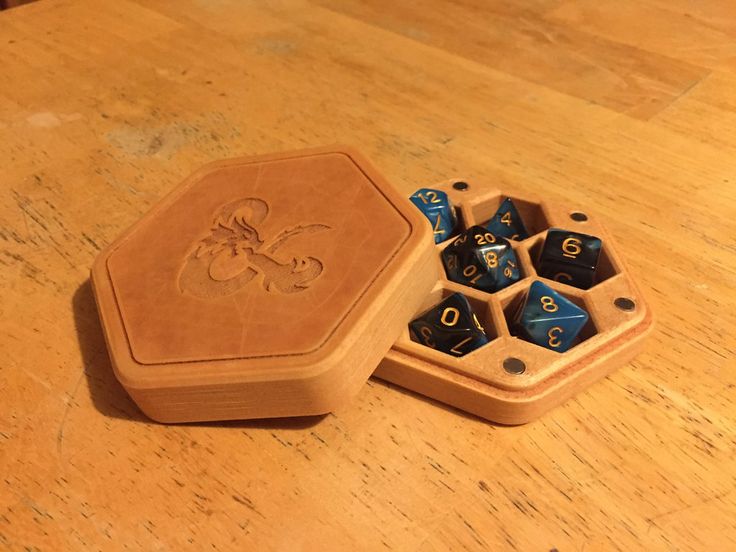 After the print completes, check the actual length on each side and along each axis.
After the print completes, check the actual length on each side and along each axis.
You will find out the difference in the length because of shrinkage. Adjust the same offset in your slicer to further carry the printing of the actual dice.
ADVERTISEMENT
Step 2: Design the Digital File
This is the most crucial step and you must follow the optimum designing tricks to ensure an easy experience all along. The platonic bodies may look simple, however, they may come with their own challenges.
Let’s be fair while designing your STL digital file. To do so, the number of indentations must be wisely taken care of.
For instance, the indentation must not be too obvious but it should still be readable. The best way to complete this is by using a dual extruder printer.
In this case, you can print with two colors. Hence, you do not have to fill the numbers with varying density material. Rather, you can continue with the same density material using different colors for the numbers.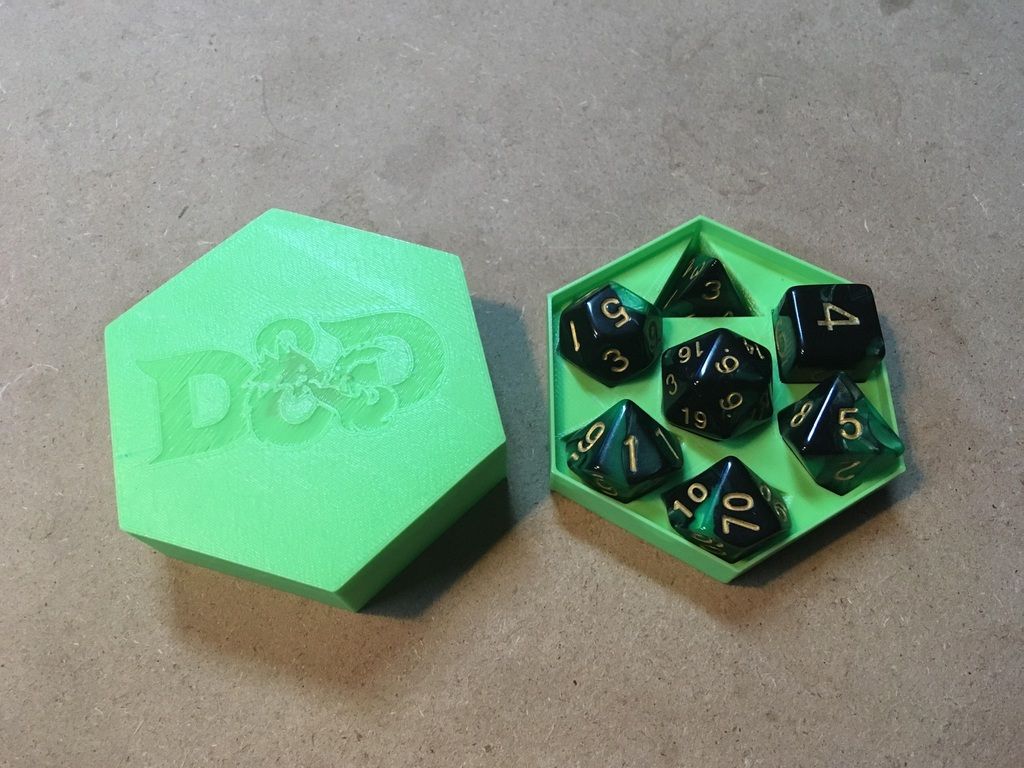
Also, when indenting the numbers, you must continue with the same surface area for indentation for every side of the dice. This would help you keep adjust the same volume from each face of the dice.
This would also ensure that the center of mass stays in the center of the entire body of the dice. Making it fair to roll every time you play your move.
So, what could be the easiest shape of dice to print. Not many know about it but prism-shaped dices with cylindrical design do make it fair to print.
This is rolled over the cylinder surfaces, making it easy to keep the design fair and simple.
The slicing process is hassle-free too. You can take out the cones from both ends to further simplify the design.
ADVERTISEMENT
Step 3: Slice the Design
Slicing brings a few more considerations to the list. The design is fair. But what about the slicer settings, if went wrong could turn your design into an unfair one. Infills aren’t the way to go as they could turn the design crooked.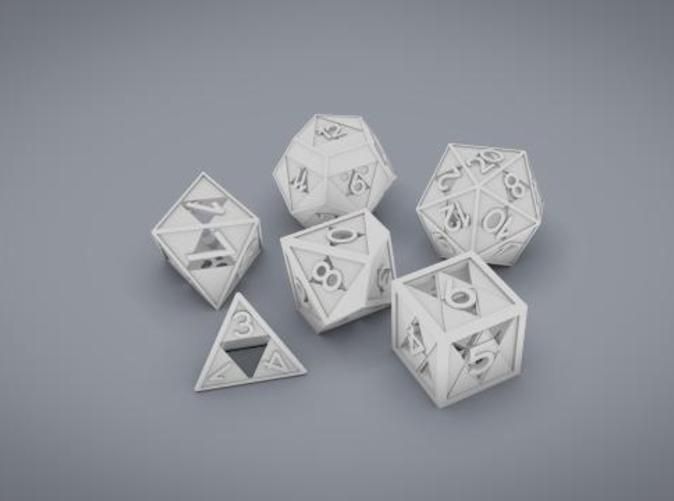
Hence, we are left with two choices. Either we keep the dice completely solid or make it hollow. In the case of solid design, the dices would be heavier, however, easy to 3D print.
On the contrary, the hollow structure of the dice would save more than 95% of the material but would have its own caveats.
First of all, hollow dices can have sagging flat surfaces. Also, there could be high chances of difference in the wall thickness from the thickness of the flat area.
The settings of layer height and nozzle diameter also matter a lot. To give this delicate design the finish it deserves, you must go with the smaller layer height.
Most of the FDM 3D printers offer 0.05 mm of layer height which is a decent setting for this design.
However, the standard nozzle diameter usually is 0.4 mm. So, you must check with the same and if possible, switch to 0.2 mm or less diameter of the nozzle.
And, do not forget to check the calibration after you make these major changes to the 3D printer.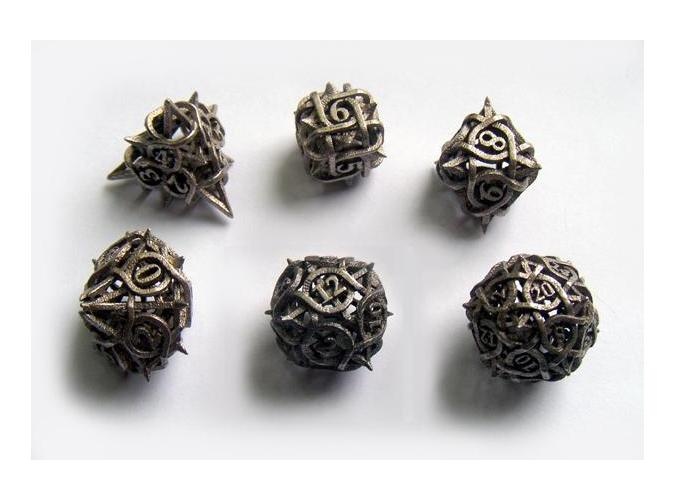 This is to compensate for the offset and manage the shrinking.
This is to compensate for the offset and manage the shrinking.
After you have gone through all these steps, finally, you can 3D print dice. And, if everything goes as per the plan, you will be able to get the fairly printed dice, with few post-processing requirements to perfect the design further.
ADVERTISEMENT
Step 4: Post Processing
Now that you have got your dice, you must be celebrating the success. But we still need to test for bias. To do so, you can try to use the saltwater layers to float the dice while keeping the tap water on.
This would help you find out the heavy side. And, you can simply sand that side to get the fair design.
Ensure to test every time you sand a surface until you manage to achieve the same result for each side of the dice.
Sanding is the option when you prepare a solid dice. However, when having a hollow one, you must concentrate on filling the side that’s less heavy.
You can do that with a resin such as epoxy.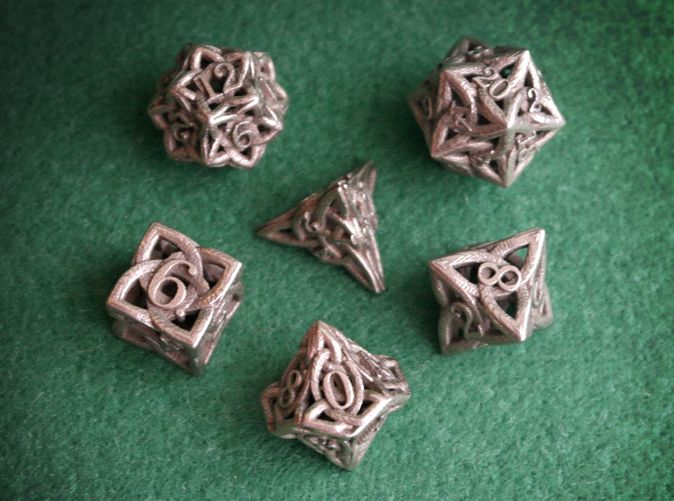 However, in such a case, you must have the filling hole in your dice design to refill it from inside.
However, in such a case, you must have the filling hole in your dice design to refill it from inside.
Ensure a complete fill and do not forget that the resin shrinks too when cured. Moreover, it heats up while you cure the material.
Recommendation for Online Repositories for Downloading 3D Files for Dice
Although you can choose to create your own 3D design, there is no harm in knowing about the other options too.
Who knows you can get inspired by some design and create some unique digital file of your own?
Among the accessible websites, few offer a huge variety of files for Dices. And, you would love browsing through the options.
The digital files are simple as well as complex. You can choose the one you like.
ADVERTISEMENT
Thingiverse
Who does not know about Thingiverse? Carrying models for almost every selection, the website has gained huge affection from the 3D printing community.
And, you, believe it or not, this website alone has more than 100s of dice printing choices as well as many related accessories.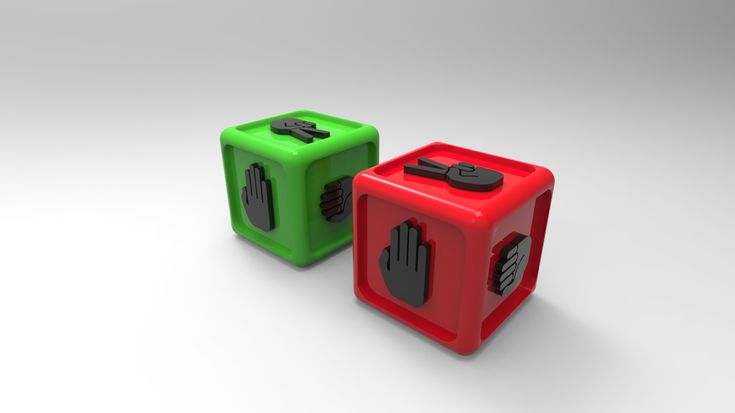
The best part is that you can find free models on Thingiverse. However, many of them are not verified as successful printable digital files.
To ensure you do not land on the wrong file, make sure you check the pictures of the ones already printed. Here, you can get the files for standard looking dices as well as some modified versions too.
Yeggi
It’s not exactly a repository for online 3D files. However, it is different and more like a search engine. So, if you are looking for something very specific, with crucial details, you can get it through Yeggi.
It would provide you an assorted list of numerous websites listing the dice design. You can get free STK files for dice design as well.
The best part is that the website is easy to scroll through and interpret. Thanks to the simplified user interface.
In short, you can choose between thousands of dice designs as well as accessories related to the same. No wonder why people rave about this website so much.
ADVERTISEMENT
Cults
Similar to Thingiverse, Cults offer an online community for makers to collaborate and upload their designs to make the website stronger and powerful.
If you can 3D design, you can also upload your files here. Getting back to the process of 3D print dice, you can find a huge selection of digital files related to it.
However, the numbers aren’t very huge. As the website seeks quality over quantity. You would find some of the most remarkable dice designs. Standards as well as modified ones.
Once again, there are many free STL files available for users. So, you can enjoy 3D printing while trying out different dice designs. A perfect place for makers who consider 3D printing more than just a hobby.
Shapeways
Do you know you can get 3D print dice without a 3D printer? Funny, isn’t it? But how about the option of outsourcing your 3D printing needs to someone who is an expert.
Yes, Shapeways can do that for you. You just have to select the file you need to print and ask the experts to do that for you. You will be charged a fee for the same and the model will be delivered at your doorstep.
You just have to select the file you need to print and ask the experts to do that for you. You will be charged a fee for the same and the model will be delivered at your doorstep.
Alternatively, as with other online repositories, you can also download the 3D file and print yourself. So, you have got both the options.
Talking about the choices, you will find a huge selection of easy and difficult designs.
MyMiniFactory
This is also a famous online repository for those wanting to find quality 3D models. And, there is an array of designs if you wish to 3D print dice.
What makes this website trustworthy is that the designs found on MyMiniFactory are all verified for printing. Hence, it is impossible to stick with a bad design.
Whatever model you choose, you can print it for sure. Just remember to follow the instructions.
The Conclusion
When seeking great design, we often fail to follow the ground rules that end up into something unexpected.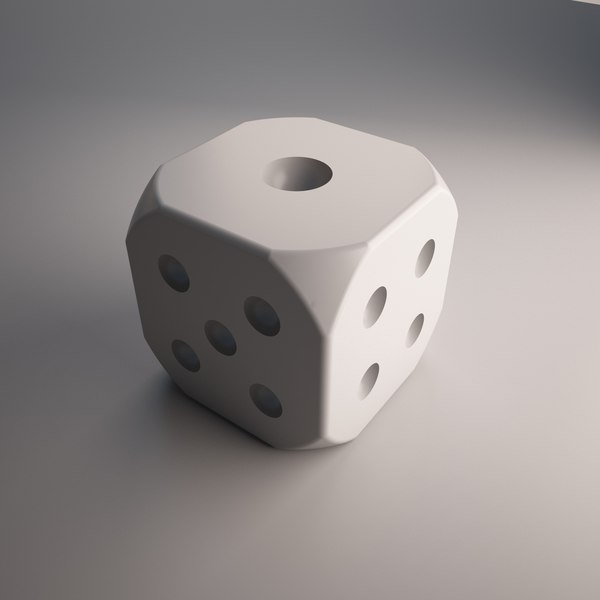 Even the simplest ones must be printed with care and by following what’s needed.
Even the simplest ones must be printed with care and by following what’s needed.
The same goes for dices as well. These may look simpler, but you do want to get a fair design and not just end up with a dice that is biased on one side.
You do get the point, right? So, 3D print dice with the best design and using the right calibration settings along with other listed priorities. If you do that, you certainly can design a fair dice.
Best 3D Printing STL Files Dice・Cults
Cube puzzle
Free
Candy Ghost
Free
Box with cubes - Capsule Hub | Mythic Throw
7.90 €
Block tower - Control tower | Mythic Throw
9.90 €
Box with dice - Mausoleum | Mythic roll
€7.90
Tower of Cubes - Heart of Necropolis | Mythic Throw
9.90 €
Box of dice - Shaman's Hut | Mythic Throw
7.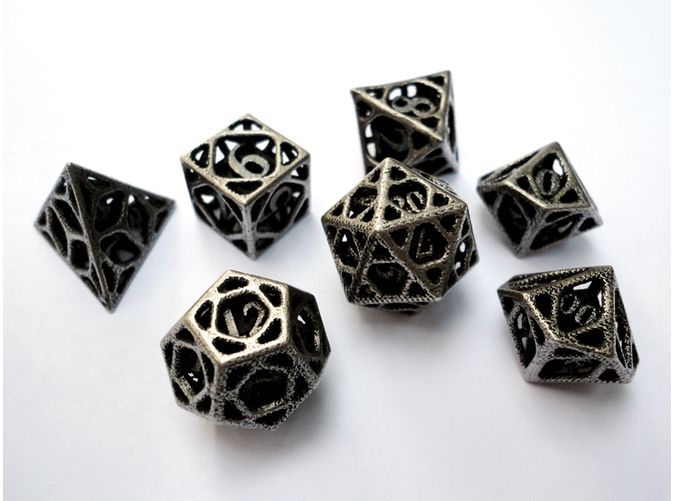 90 €
90 €
Tower of cubes - Headman's house | Mythic Throw
9.90 €
Box with dice - Air ship | Mythic Throw
7.90 €
Tower of cubes - Steam tower | Mythic roll
€9.90
Box with dice - Temple of the Sun | Mythic Throw
7.90 €
Tower of Cubes - Great Pyramid | Mythic Throw
9.90 €
Box of dice - Dragon's lair | Mythic Throw
7.90 €
Tower of cubes - Watchtower | Mythic Throw
9.90 €
Box with dice - Scary chest | Mythic roll
€7.90
Tower of blocks - Tree of horror | Mythic Throw
9.90 €
Box of dice - Jörmungandr | Mythic Throw
7.90 €
Tower of Cubes - Valhalla Gate | Mythic Throw
9.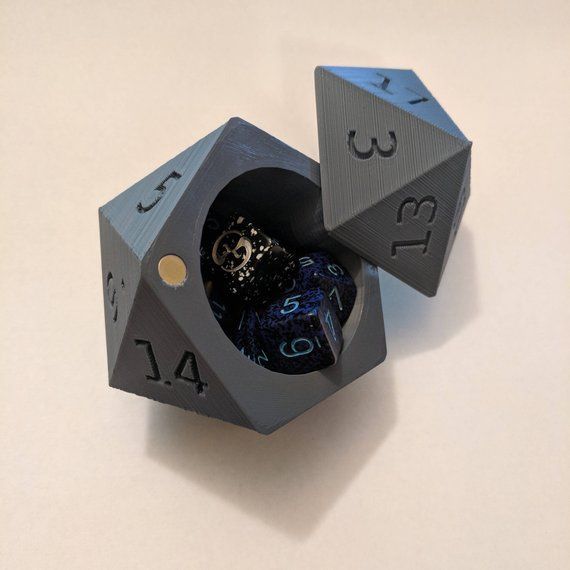 90 €
90 €
Mythical pumpkin - dice box | Mythic Throw
6.90 €
Ghost ship | Mythic Roll
€24.90
Skeleton set 1 for board games
2,50 €
Axis Die - 3D Model
Free
Dice Tower - 3D Model
Free
Axis Die - Lasercut
Free
Another box of D&D dice
Free
D20 Lightweight
Free
Dice and game pieces
Free
Sports Fitness Cubes
0.50 €
Slide of cubes
3.83 €
Jumbo Cubes
1.02 €
D20 Pendant
Free
Blood bowl 2+ / Bonehead / GFI - 9 multiple designs0003
Free
Set of cubes
Free
Tower Dice avandoned
2. 06 €
06 €
Marker cubes - with a twist
Free
Cubes Monster of Chaos Spawn
Free
Chaos Knight Assault Ranger Dice
Free
Cubes
1 €
Additional (XboxOldie) Additional Shelf Drawers
Free
Cube tray
Free
Double Dice Tower
Free
Small cube tower (no supports needed)
Free
TrayStation
TV Organizer€10.29
Moth DnD cubes
1.12 €
Dice for GunCraze cartridges
0,67 €
Stone-scissors-lizard Spock stamp
Free
Liquid hourglass 6 in 1 pack
9 €
Magnetic box for D&D dice
3. 09 €
09 €
Kubotronik - the path from the cube to the set / Sudo Null IT News0001
Thanks to our readers, our game cube project, which is cheaper to make than to buy, got its own name - KUBOTRONIK, but, most importantly, the project took one small but important step.
Kubotronic received extensions in the form of "decorative panels". Initially, these were cubes to be used as a building element in children's games or, for example, to make puzzles out of it.
The panels make it possible to use the Kubotronics base unit as a carrier for replaceable panels, and the panels can be changed due to the developed fastening system or connected into electrical circuits.
Now the following sets of panels have been developed:
- Russian alphabet
- English alphabet
- panels for dominoes or dice
- numbers for account
- various radio and electronic components
The developed and incorporated principle of pattern formation allows you to apply clear contrast patterns that are well read even at a distance.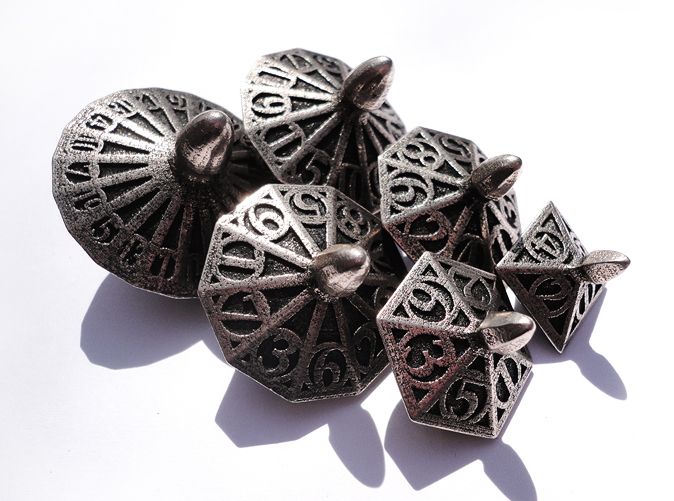 Those. if the cube lies on the floor, then from the height of the human growth of an adult it is perfectly clear that it is on the upper face.
Those. if the cube lies on the floor, then from the height of the human growth of an adult it is perfectly clear that it is on the upper face.
By the way, a collection of the same type can be printed in different colors. For example, vowels are in red, and consonants are printed in blue. These cubes can also be used as an alphabet, and if all 6 faces of the cubes are decorated with these panels, they turn into dice. There are a lot of rules for games with letters, for building words, on the Internet, and Kubotronic blocks will allow you to create the necessary configuration of chips for playing with children.
Panels are multi-coloured with contrasting plastics. Dark plastic forms the base, while light plastic forms the top panel with a thickness of 1 mm. Panels are printed upside down without supports. Those. at the beginning, printing is done with light plastic, up to a height of 1 mm, then the plastic is changed and then the base is printed and the fasteners are formed. There was a search of options for latches and latches, but in the end we settled on just such a lock as in the photo below.
There was a search of options for latches and latches, but in the end we settled on just such a lock as in the photo below.
Since we remembered that our readers asked for the possibility of placing radio components or, for example, entire electronic modules and controllers, we began to develop the principle of connecting Cubotronic blocks to each other to form an electrical contact.
Since there were already panels with details, we got simple cubes, but with radio elements, the idea of creating the game “Circuit Engineering” was born, although we think that those who are interested in printing such panels themselves can show the basics of circuitry to children.
As a result, three variants of the electrical connection were developed:
- purely tin, due to symmetrically arranged contacts cut from thin tin from a can
- magnetic, due to a spacer from a magnet placed in a special case
- mechanical, due to the spacer block and the electrical contact of a conventional block inserted into the lock
the tin was constantly unbent.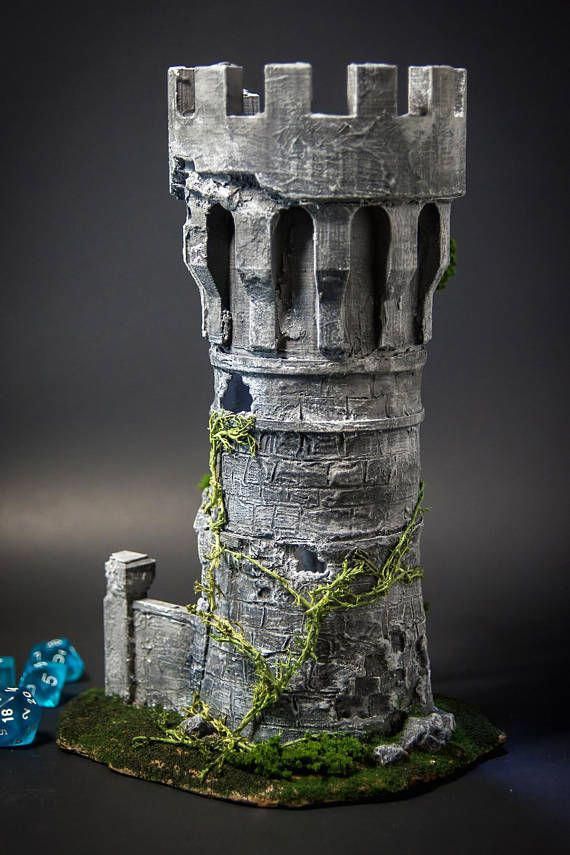 On the contrary, everything was much better with a magnetic connection, and even very good, everything is very technologically advanced, but ... Firstly, you need to buy neodymium magnets 12x2, and secondly, the magnets did not provide the exact multiplicity of the resulting circuit so that you could make large circuits with intersection. But most importantly, the scheme did not fit with other constructions made of cubes, i.e. it was necessary to think about the connection providing the multiplicity of the assembled circuit.
On the contrary, everything was much better with a magnetic connection, and even very good, everything is very technologically advanced, but ... Firstly, you need to buy neodymium magnets 12x2, and secondly, the magnets did not provide the exact multiplicity of the resulting circuit so that you could make large circuits with intersection. But most importantly, the scheme did not fit with other constructions made of cubes, i.e. it was necessary to think about the connection providing the multiplicity of the assembled circuit.
On the basis of all this, and a new portion of the literature read from the times of the USSR about children's radio constructors and the experience of its use in radio circles, a version was developed that is fully printed on a 3D printer. Those. the owner of a 3D printer can, as necessary, form the cubes he needs and form sets of constructors. This design is also convenient for circles, because. successfully assembled circuits can not be disassembled so that the details can be used by other circle members, but simply can be reprinted.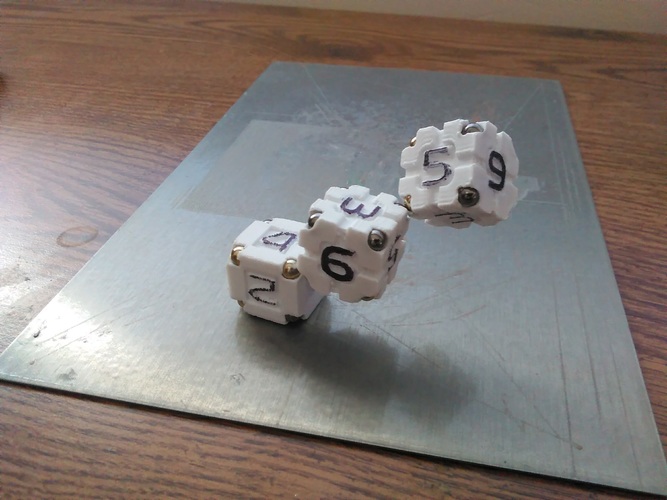
The scheme uses thin tin from a tin can. The tin is cut into strips 5 mm wide. The length of the strips for the contacts of the cubes is 50mm, and for the spacers 35mm. Two strips are required for each spacer. These strips are placed on top of each other at right angles. We solder the junction of the strips. Then the petals are bent in different directions and this design is placed inside the spacer, and the ends of the strips are bent into holes on each side.
Also, pay attention to the photo, through the holes in the spacers it is convenient to take measurements on an already assembled circuit. This was not the case at the first blocks, but since Since all electrical switching is removed and hidden under plastic, we have provided for this moment as well.
Base unit contact assembly is shown in a short video. There you can see in detail the process of turning a constructor block into a radio constructor block.
Also you can download all these files from our website:
STL electrical contacts
STL Russian alphabet
STL English alphabet
STL of domino panels and dice
STL numbers
As the collections of panels are replenished, we will also lay them out in free access for everyone.